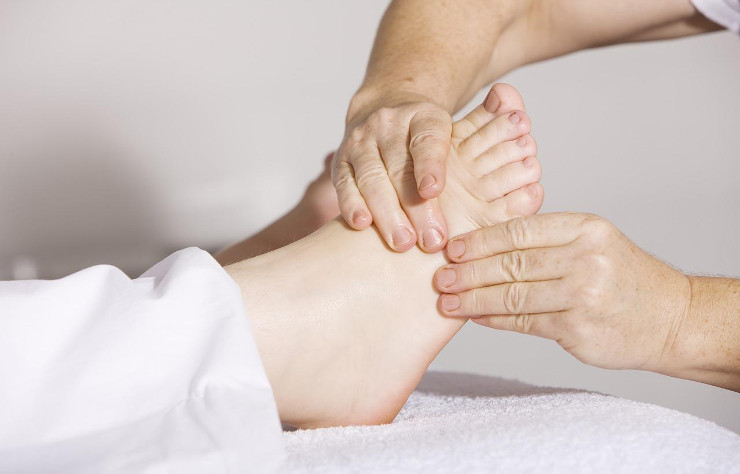Reflexology has been considered an alternative healing method for centuries—although it has been recognized for its potential much longer. Reflexology operates under the knowledge that everything in our body is connected to certain sensitive points. Our entire nervous system can be manipulated from our feet, hands, and other centralized portions of the body. This means that regardless of what’s wrong, the appropriate amount of pressure can help to alleviate the problem. This doesn’t necessarily replace doctors, but it gives them an entirely new arsenal of treatment options. Some people consider reflexology to be nothing more than a creative foot massage—this couldn’t be further from the truth. It requires an extremely detailed understanding of what the person is experiencing, and how it can be reached through the practice of pressure and touch. Many people report excellent results after only one session. This is usually for acute injuries or slight aches and pains. There’s absolutely nothing wrong with having frequent maintenance treatments done. This can help you to stay on top of any issues, and to improve your overall health.
A reflexologist must learn about more than just the hands and feet. They have to have a major understanding of the way that every part of the body works with the other parts. This relationship allows them insight into how your internal interactions maybe affecting your overall health. Each and every part of your physical being is a part of a whole. In order for a person to be in a state of optimum health, all of these parts need to work together in harmony. If even one of these components is out of sync, the body’s balance can be thrown off kilter.
Finding the right foot massage places near you that have an understanding of reflexology can be difficult. The internet can be a fantastic resource, and can give you insight into the methods used and the training of the therapist administering the treatment. Many of these facilities offer a variety of different services that can help you to restore balance to your entire body through the use of different methods. These services are generally administered by a group of people who truly understand just how much of an impact they can have on your health. They take what they do very seriously, and undergo a great deal of training in order to be qualified to help you. If you’ve never heard of reflexology, consider some of these enlightening facts:
It Was First Used Over 5000 Years Ago
The earliest accounts of reflexology are actually depicted in ancient Egyptian texts. They show a healer utilizing their fingers and thumbs to apply pressure to various parts of the feet. These drawings go on to give instruction to the best methods to use in these healing techniques—some of which are still used today. These methods have remained consistent because they work.
Dr. William Fitzgerald Simplified Reflexology
In the year 1913, Dr. William Fitzgerald started to really make the practice of reflexology popular in the Western world. He brought it here with examples of how certain pressure areas on the feet and hands could work to anesthetize other areas of the body. He showed how all of these sections could correspond to carefully divided portions of the body. Ultimately, Dr. Fitzgerald broke the body into 10 significant sections. It’s these 10 sections that early reflexology in the US was based on.
Eunice Ingham Took Reflexology Further
In the 1930’s, Eunice Ingham did a study that showed that areas all over the foot—including the side and top—could correspond to areas of stress on the body. This deepened the practice as a whole.

